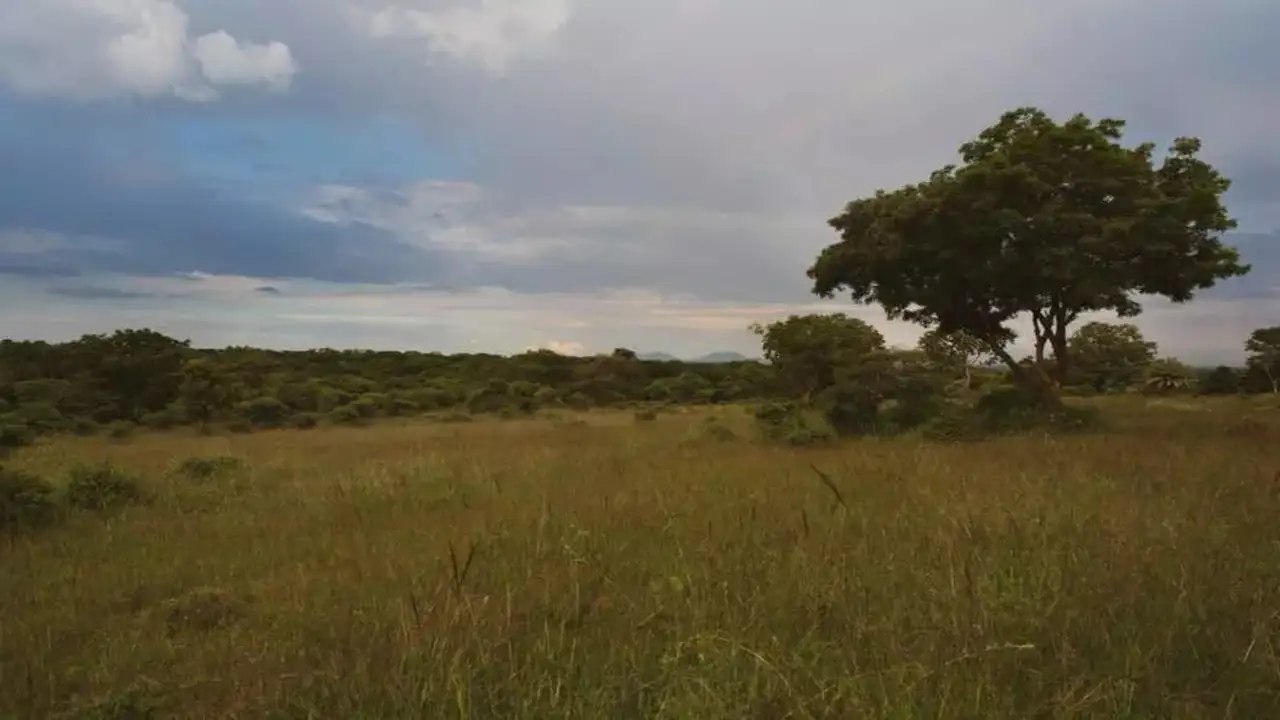- Courses
- GS Full Course 1 Year
- GS Full Course 2 Year
- GS Full Course 3 Year
- GS Full Course Till Selection
- Online Program
- GS Recorded Course
- NCERT (Recorded 500+ Hours)
- Polity Recorded Course
- Geography Recorded Course
- Economy Recorded Course
- AMAC Recorded Course
- Modern India, Post Independence & World History
- Environment Recoded Course
- Governance Recoded Course
- Science & Tech. Recoded Course
- International Relations and Internal Security Recorded Course
- Disaster Management Module Course
- Ethics Recoded Course
- Essay Recoded Course
- Current Affairs Recoded Course
- CSAT
- 5 LAYERED ARJUNA Mentorship
- Public Administration Optional
- ABOUT US
- OUR TOPPERS
- TEST SERIES
- FREE STUDY MATERIAL
- VIDEOS
- CONTACT US
FIRST-EVER SNOW LEOPARD POPULATION ASSESSMENT IN INDIA (SPAI)
FIRST-EVER SNOW LEOPARD POPULATION ASSESSMENT IN INDIA (SPAI)
India is home to an estimated 718 snow leopards, according to the first-ever Snow Leopard Population Assessment in India (SPAI), conducted by the Wildlife Institute of India (WII) from 2019 to 2023. The assessment, supported by snow leopard range states and conservation partners, found the highest number of snow leopards in Ladakh, followed by Uttarakhand, Himachal Pradesh, Arunachal Pradesh, Sikkim, and Jammu & Kashmir.
Key Findings from the SPAI
- Snow Leopard Distribution: The SPAI covered over 70% of the potential snow leopard habitat across the trans-Himalayan region and other states, using a two-step framework for evaluating spatial distribution and estimating abundance with camera traps.
- Population Estimates: The assessment estimated 477 snow leopards in Ladakh, 124 in Uttarakhand, 51 in Himachal Pradesh, 36 in Arunachal Pradesh, 21 in Sikkim, and 9 in Jammu & Kashmir, totaling 718 individuals in India.
- Conservation Efforts: India has made significant strides in snow leopard conservation, with 34% of their habitat under legal protection and numerous landscape-level conservation projects initiated.
Snow Leopard Facts
- Scientific Classification: Snow leopards (Panthera uncia) are large carnivores classified as "Vulnerable" and are found in the high mountains of Central and Southern Asia.
- Conservation Status: Previously listed as "Endangered," snow leopards were reassessed as "Vulnerable" in 2017 due to a lack of data, although their population is still in decline.
- Ecological Role: As apex predators, snow leopards help maintain the balance of their ecosystems and are considered "Umbrella Species" for conservation efforts.
Conservation Initiatives
- Project Snow Leopard and Global Snow Leopard & Ecosystem Protection Programme: These initiatives aim to enhance snow leopard conservation through collaborative landscape management and protection.
- Snow Leopard Cell: A dedicated cell for snow leopard conservation is proposed to be established at WII, focusing on long-term population monitoring and conservation strategy formulation.
Importance of the SPAI Report
The SPAI report, released by the Union Minister, underscores the importance of snow leopards to India's biodiversity and highlights the country's commitment to their conservation. It provides a comprehensive evaluation of snow leopard populations and habitats, offering a foundation for future conservation efforts.
Conclusion
The Snow Leopard Population Assessment in India marks a significant milestone in the conservation of this vulnerable species. By systematically assessing their populations and habitats, India has laid the groundwork for effective conservation strategies to ensure the survival of snow leopards in the wild.



